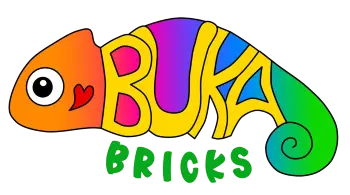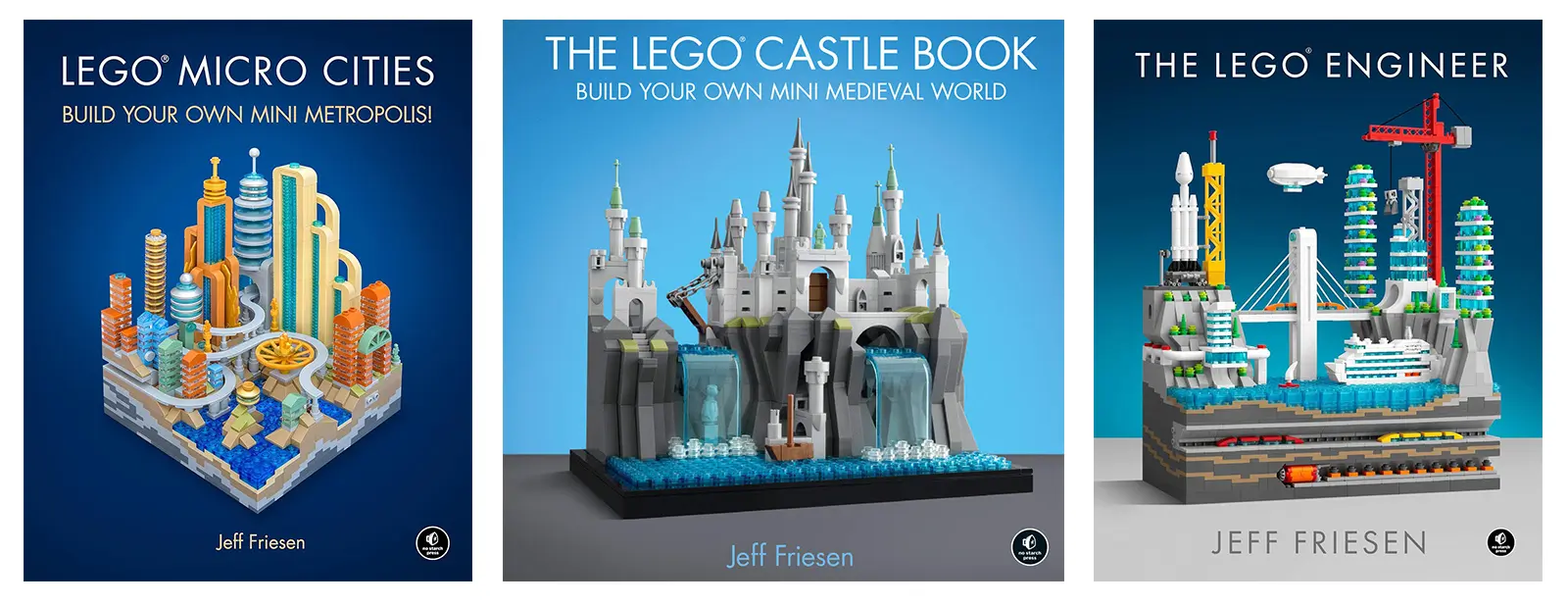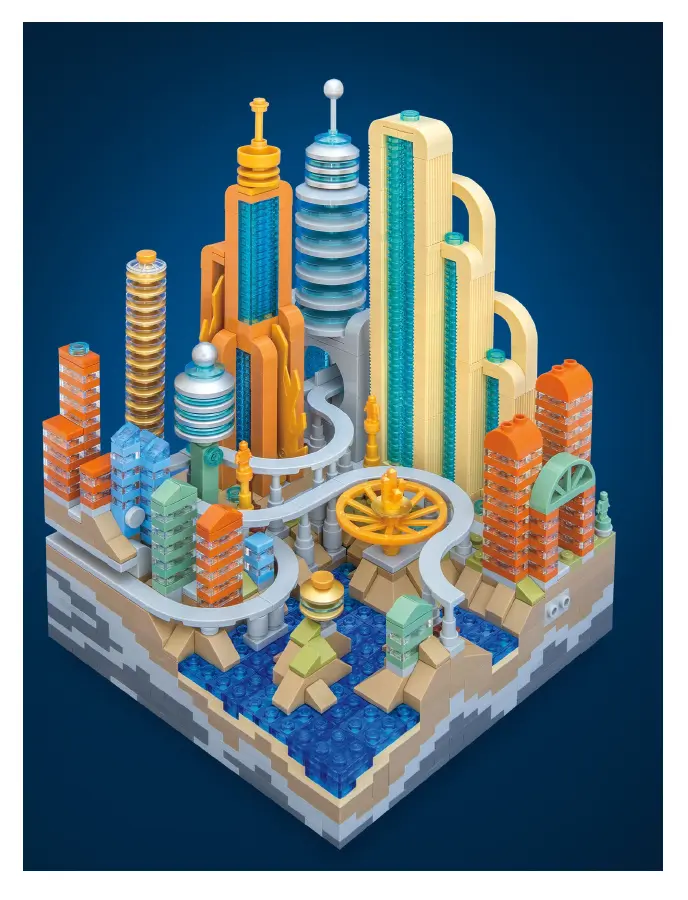Today, I’d like to talk about someone I’ve been following for a while: Jeff Friesen. Even though I never had the chance to meet him in person, I know he is a great man. I’m saying this based on his works. He has six books, each of them with incredible content. With his permission, I’m going to take a look at his books today.
Three of his books hits just the right chords for me: LEGO Micro Cities: Build Your Own Mini Metropolis (2018), The LEGO Castle Book: Build Your Ownm Mini Medieval World (2019) and The LEGO Engineer (2022). As I turn the pages (digitally, but still), I can’t help but go back 20 years.
I studied architecture in college, but it’s been a part of my life since I was a kid. “An architect’s granddaughter, an architect’s daughter, and an architect” – that’s how I adressed myself in the foreword of one of my dad’s books. When this is the case, you notice some things more, whether you like it or not.
As I was going through Jeff’s books, I thought “If at least one of my tutors was like Jeff, school would’ve been so much more fun.” Then I realized, there was one. Someone who constantly developed new methods, someone who chose to praise his students rather than criticize them, someone who made classes enjoyable. A single grain of sand in a vast ocean. Maybe he wasn’t able to change the system, but he touched the hearts a few students, including me. If I have good memories about classes, without a doubt it’s because of him (of course, it wasn’t easy being his rebellious daughter, but we managed :) ).
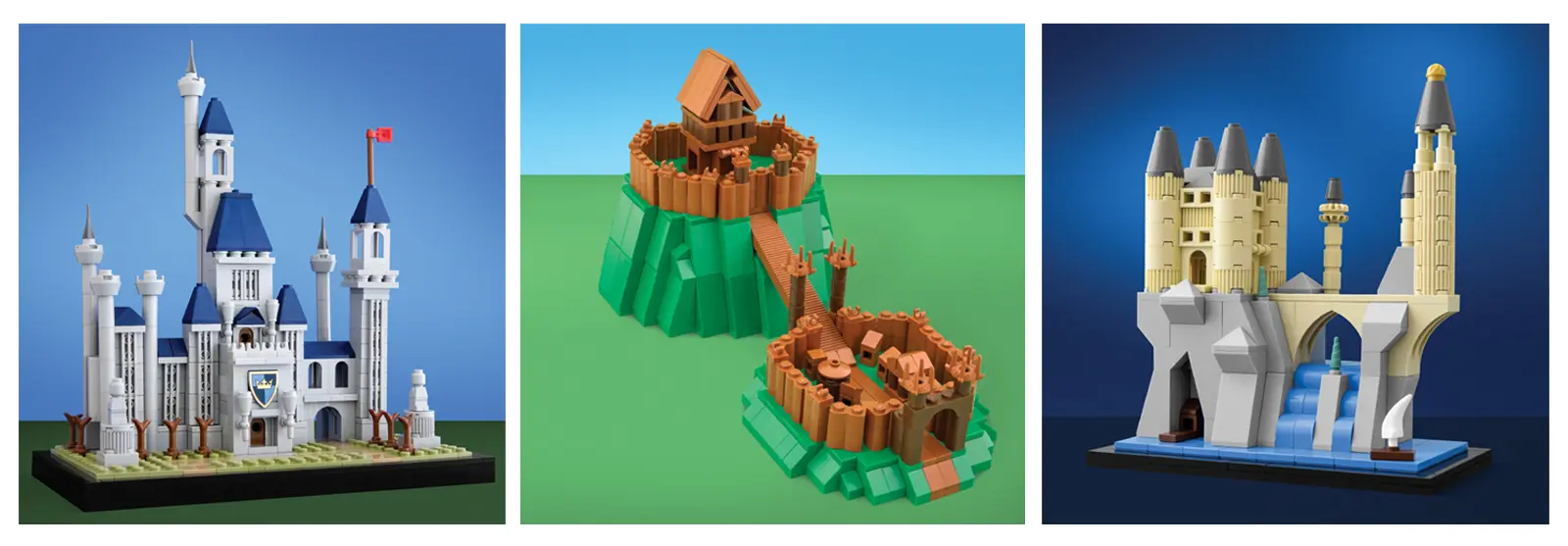
Maybe it will happen in 50 years, maybe 100, maybe 200. But one day, the Adults Welcome theme will fulfill its goal and make people stop looking at LEGO sets as “just a toy”. When that happens, the world will be a better place.
Anyway, let’s leave the past in the past and come back to the present. Who is Jeff Friesen and what has he done? (nothing bad, promise :) )
Jeff Friesen
Jeff Friesen is a professional photographer. He has awards in photography, and his works have been published all around the world in many magazines. He’s 53 and still lives in Canada. The idea of micro cities was inspired by the LEGO Skylines sets. He says these sets created a world of opportunities to design micro buildings.
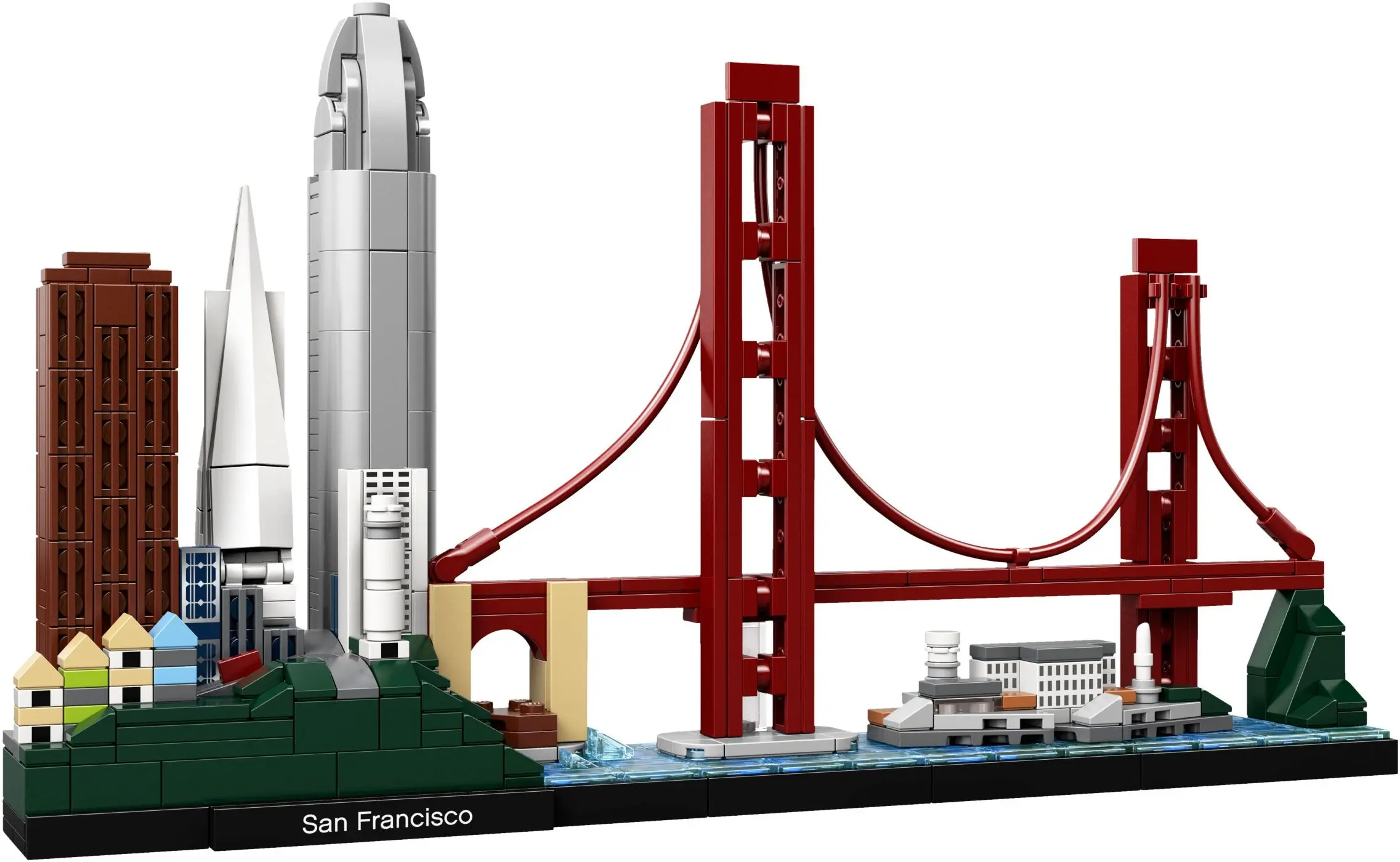
He has three books with miniature cities, the ones I mentioned above. He also have a space themed book (LEGO Space Projects: 52 Creative Models), a book about the 50 states from a Canadian’s point of view (United States of LEGO: A Brick Tour of America), and a book that LEGOfies the work of Banksy, the famous street artist (Bricksy: Unauthorized Underground Brick Steet Art).
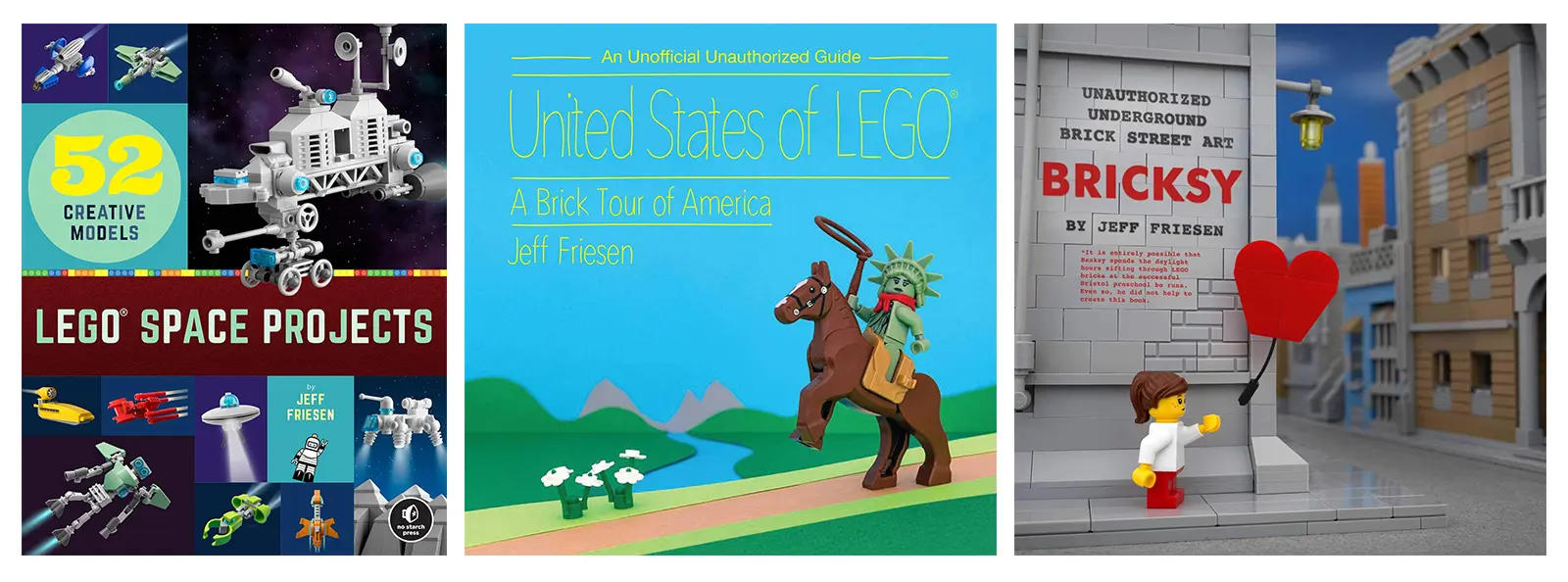
You can also find photographs of other toys in his personal webpage.
Micro Cities
Jeff Friesen looks at parts differently when he’s building micro cities. He has to, because in a scale where a microfigure is used as a statue, it’s not easy to create a city with standard parts. Swords and unicorn horns become trees. New and old microfigures become the statues in the city square. The telescope piece, with a diamond on top, becomes a street lamp. The three-scoop ice-cream turns into the steam coming from the train.
In his Micro Cities book, Jeff says “Being restricted to the bricks you already have can open up new stylistic possibilities, as more limitations require more innovative thinking.”
As well as standard bricks and plates, Jeff also uses some special parts in his designs. Technic gears sometimes appear as domes, sometimes as the giant gears of an industrial city.
He also has interesting ways of giving texture to buildings. Of course, he uses the already-textured round bricks and masonry bricks, but it’s impossible to not stare in awe when you see the textures he creates by stacking Technic parts or combining wheel pieces.
Cities of Tomorrow
Jeff says we don’t have to wait for the future to arrive to build tomorrow’s cities. It’s possible to do that today with LEGO parts!
Tomorrowland is built using the architectural style called Googie. Honestly, I’ve never heard of it before. Jeff explains it pretty clearly, “If a building looks like it could blast off into space, it’s probably Googie.” He gives the Theme Building at Los Angeles International Airport as an example.
“Tomorrowland features elevated roadways made with LEGO’s new curved tiles and minifigure telescopes. Its traffic plan is based more on aesthetics than logic, as everything Googie should be. Generous use of rounded elements, such as dishes and curves, makes for streamlined shapes, and windows built with transparent bricks give Tomorrowland’s citizens a great view of the city.”
Utopia is a city inspired by the designs of Zaha Hadid. Her nickname is the queen of curves, because it’s almost impossible to find a design by her that doesn’t have curves. Jeff creates an ideal city using her designs as inspiration.
We know that there are many science fiction novels and movies that revolve around colonies in space. Jeff has a perfect design for those of us who’ve had just enough of Earth. The decreased gravity of the planet makes it possible to design higher buildings. Of course there are huge wheels and mechanisms, too, a must for any space city. You can add laser weapons to fend off unwanted aliens as well.
Engineering Marvels
“Every LEGO project is an engineering project. The journey from imagining a LEGO creation to bringing a finished model into the world mirrors the engineering design process, where engineers identify a problem, conceive a solution, and refine it through rounds of testing and modification.
LEGO builders, too, are always striving to improve their designs, and like engineers, they must operate within a set of requirements and constraints to realize their ideas. The simple act of connecting a handful of bricks requires you to think about geometry, structural integrity, and spatial relationships. You have to consider your available resources, and possibly work within a budget to acquire new parts. When you build with LEGO, you become an engineer.” (from the introduction page of The LEGO Engineer)
While I’ve never been one to make my own creations, what Jeff said was true when I was studying architecture. I don’t know how it’s in other schools, but we had to think about everything he mentioned in our designs. Is the building structurally sound? How are the spaces connected to each other? Does it please the eye aesthetically, or does it look like a prison? We didn’t go into detailed calculations, but these (and more) were always expected from us.
The LEGO Engineer is different than the other two, it also gives information about engineering. It talks about how an arch or a truss bridge works, and then shows how you can replicate it using LEGO parts. While it may not matter much in a small scale, the knowledge is priceless when you’re building larger models – and we all know there are some gigantic ones!
There are information about other engineering marvels other than buildings; like trains, ships, submarines, airships, planes and rockets. Instructions to make micro scaled versions of them follow this information.

Thoughts
I can’t remember whether I read it in one of the books, or thought about it while I was reading, but you create a city’s story, too, when you’re designing it. Where the people live, where they work, the transportation, and similar thoughts fly around in your mind. It was the same when I was in school; if my design had a story behind it, it was much more fun to work on. When I worked as a tutor, I give similar advice to my students: “Live in the building you design.”
After reading Jeff’s books and writing this article, I created my own micro city. I think it may be the largest (!) model I ever made without using any instructions. As I was building, I realized I had so many parts to create a micro city. A story started to form in my head as I was connecting those parts. The person who designed the city wasn’t a woman in her 40s, it was an 8-year-old girl who wrote stories for her minifigures as she played with them.
I’d like to share my city with you, too. Who knows, maybe someone will get inspired by it, like Jeff Friesen inspired me.
City of BOLOC
Built on four arches, you enter the city going through a majestic arch. The black building in the city center – we can call it the Black Pearl – is the focal point of the city. The pink trees surrounding it can only be found here. The residents come here to socialize. There’s a museum, a movie theater and a community center within the Pearl.
The west side contains the residential buildings. The architects of the city enjoy experimenting with different styles and colors. The buildings are named after their colors; like Coral Residence, Green Residence or Azure Residence.
The commercial tower on the east side is built on a glass dome. Each floor of the tower has different types of stores.
The industrial district is on the south side. A huge wind mill produces energy for the city. The buildings around it are the offices and warehouses. The strange plants in the district supply various minerals and ores.
The Head Tower in the south provides communication within and without the city. The TriColor Tower next to it collects and purifies rain water.
Although daily life in the city is usually uneventful, the residents can’t help but feel someone is watching them from time to time…
Finishing up…
Jeff’s books are great for anyone who likes LEGO toys and creating models with them, regardless of age. However, they’re a must for those who are interested in architecture and engineering, or those who studied/will study the profession. They really expand your horizon. I think whether it’s printed or digital, every AFOL (and architect!) should have them in their library.
I’d like to thank Jeff for letting me write this article and sending me a digital copy of The LEGO Engineer. Don’t forget to visit his Instagram, @jeff_works, and his personal webpage.
See you in the next one!
Most of the images are taken from Jeff Friesen’s books. The book covers are from Amazon, the picture of the Los Angeles International Airport is from Wikipedia, the San Francisco Skyline set image is from Brickset. City of BOLOC pictures are mine.
Some girls play with Barbie dolls, while others create small worlds with LEGO minifigures and continue to do so when they grow up. You can probably guess which group I belong to :)
